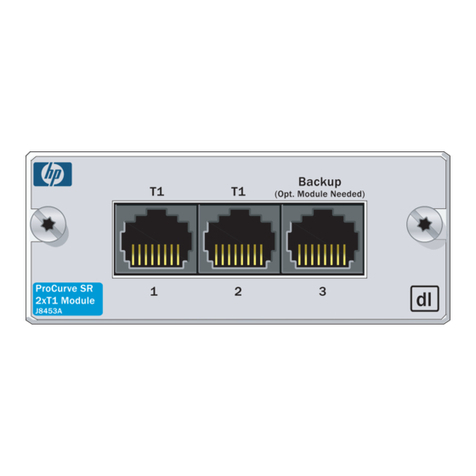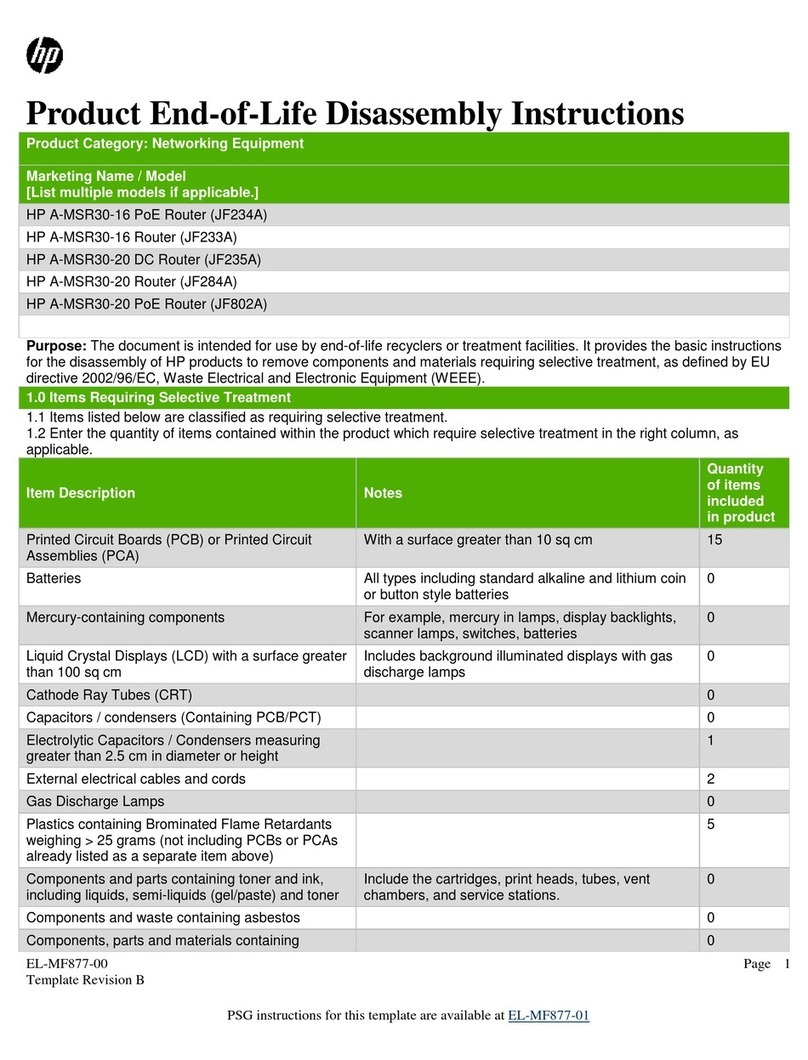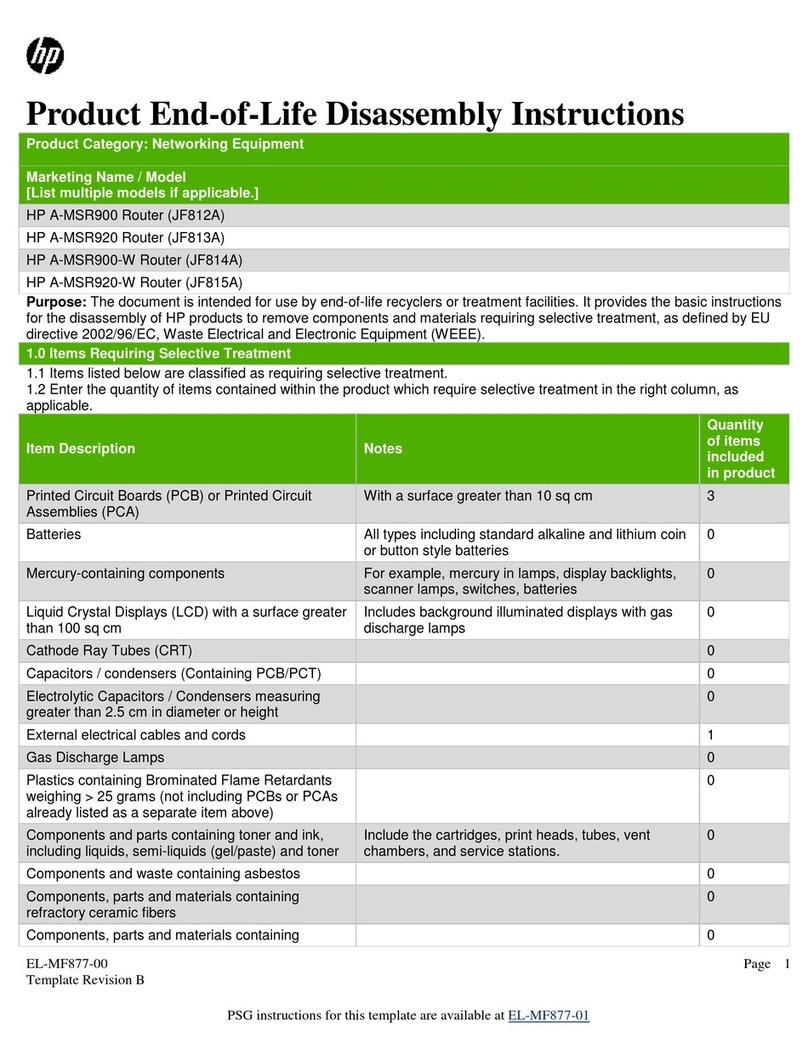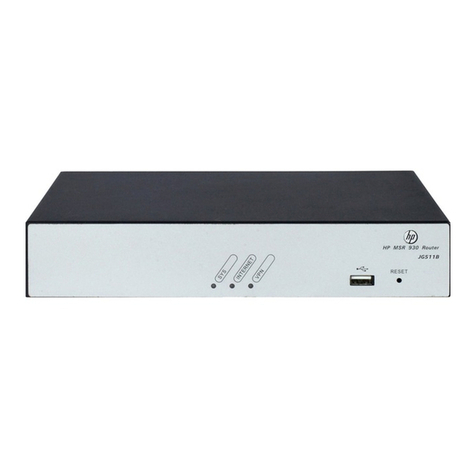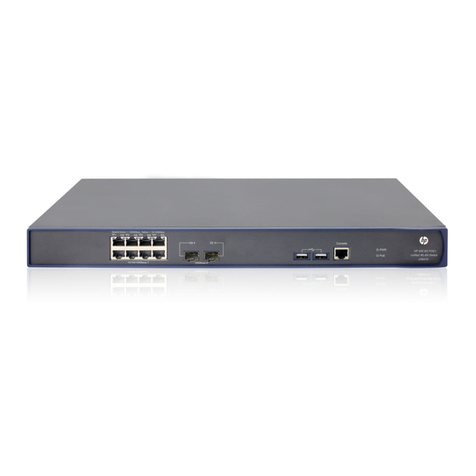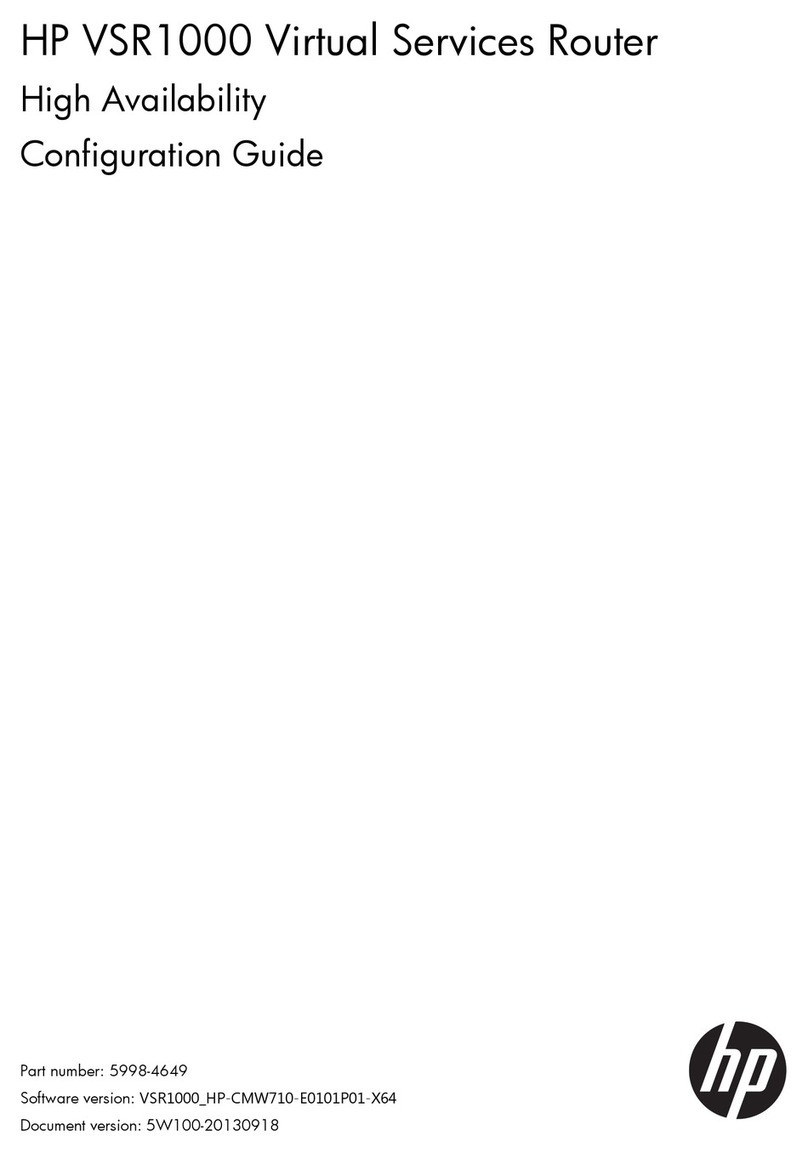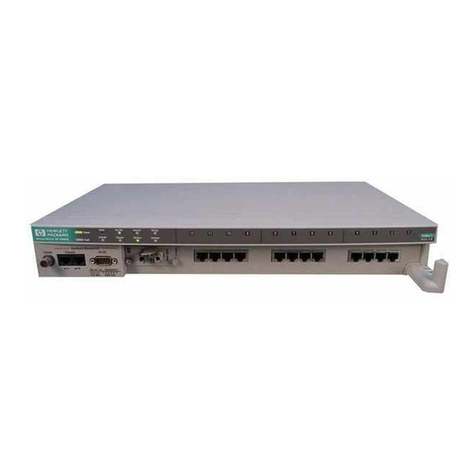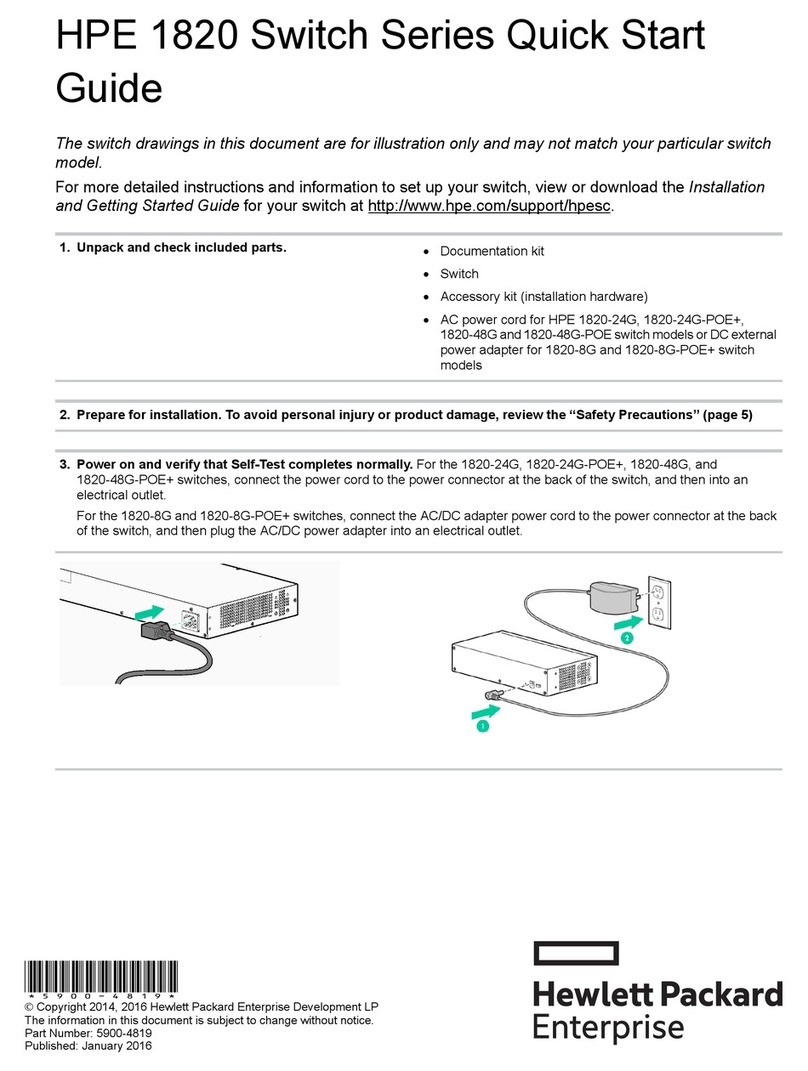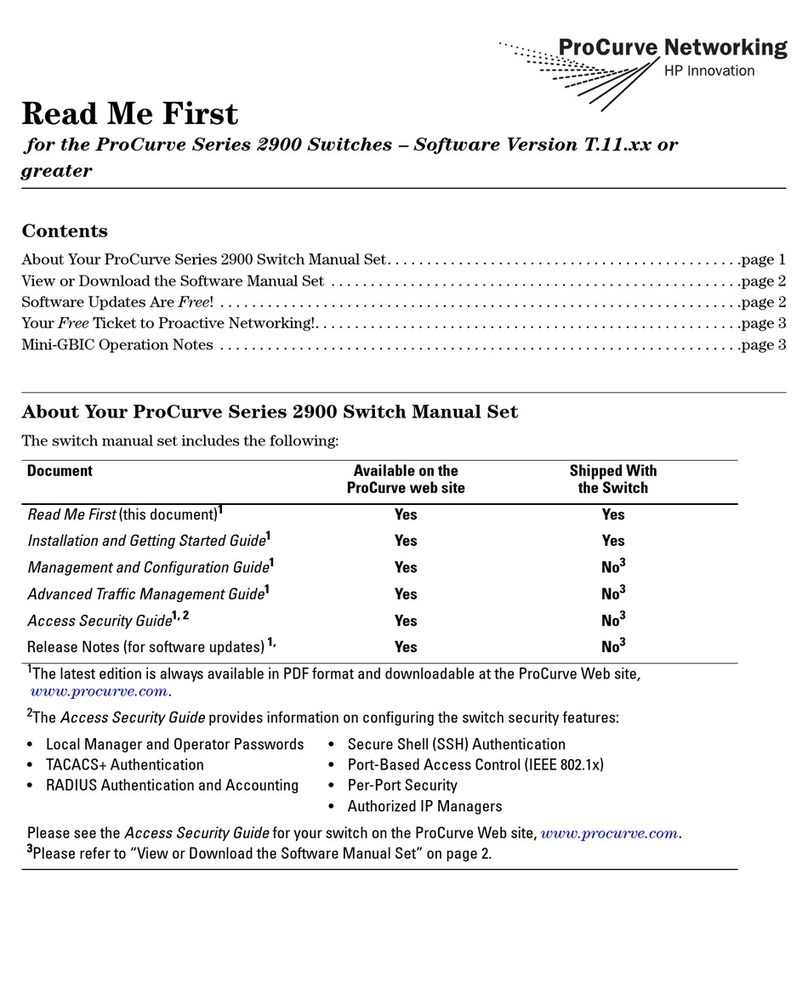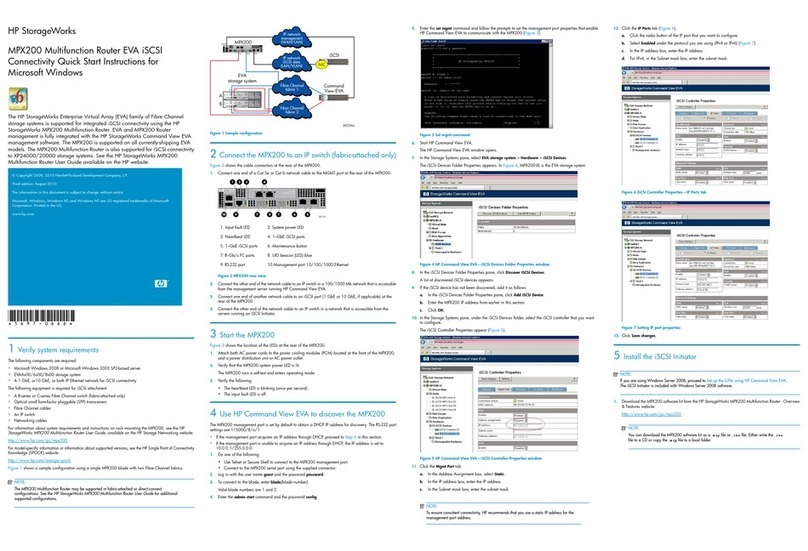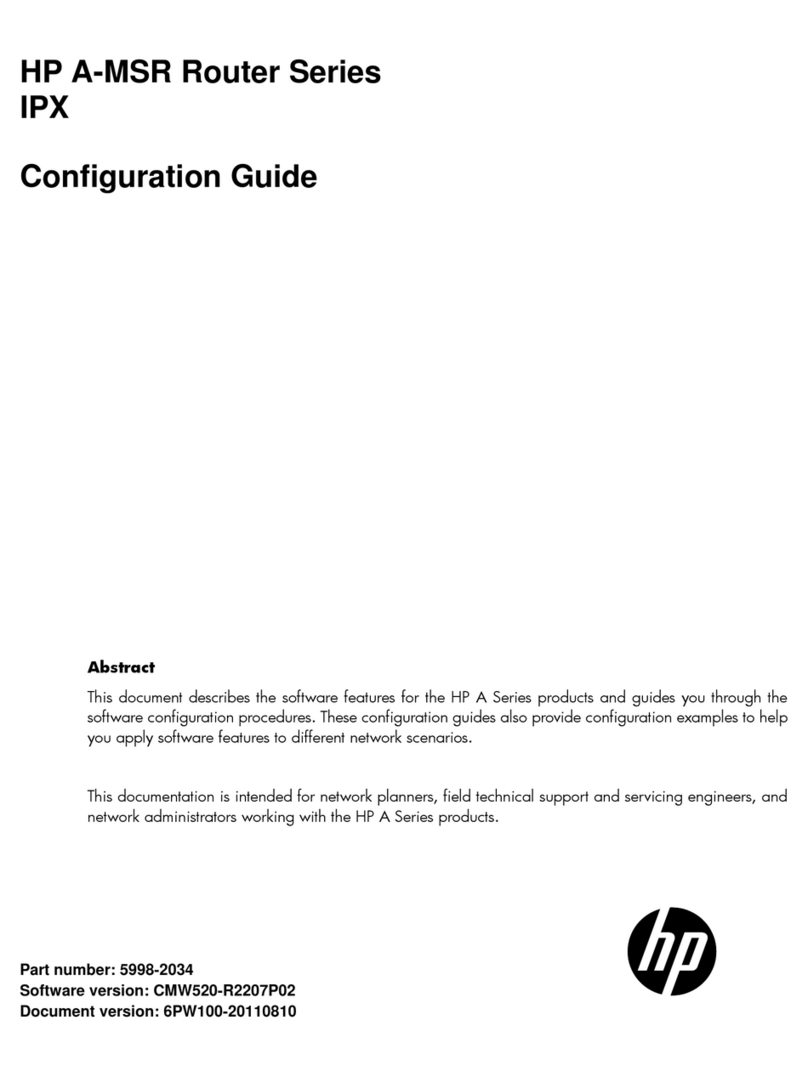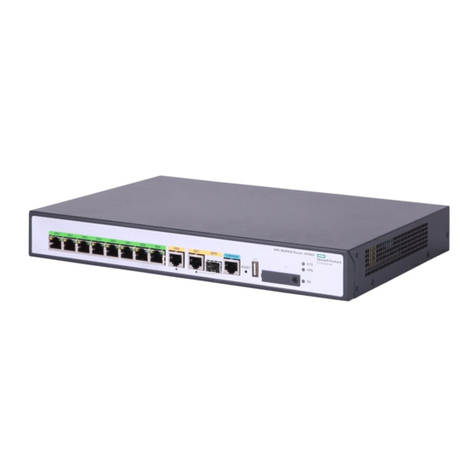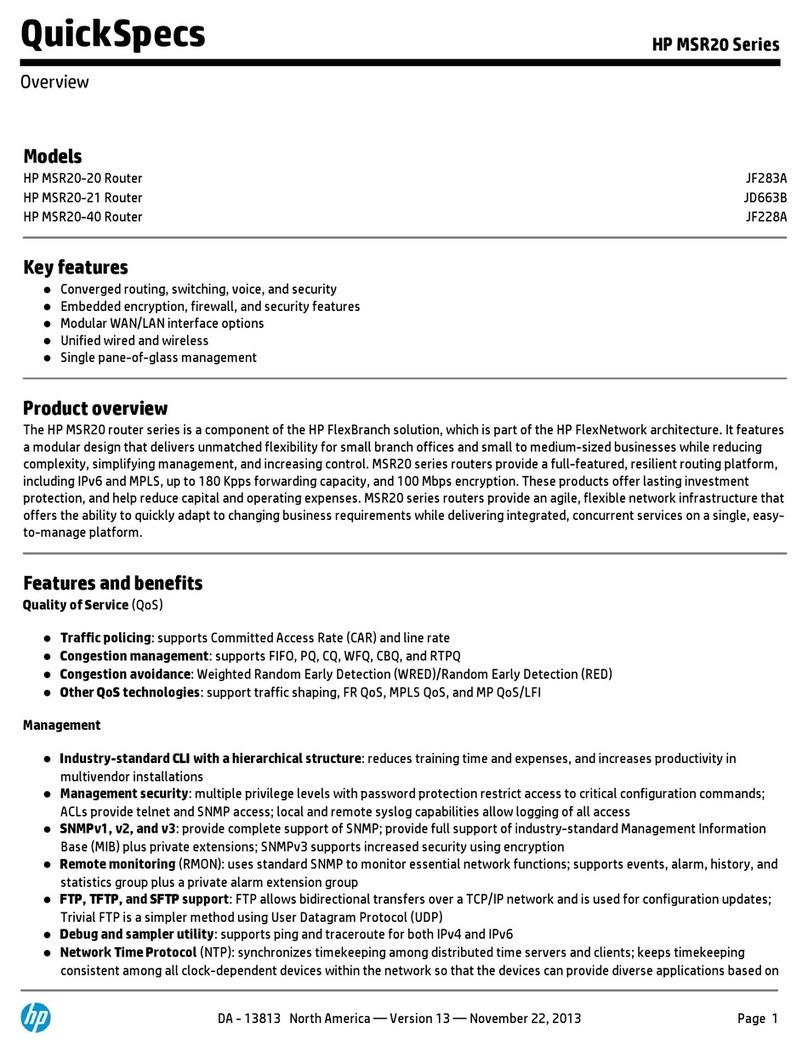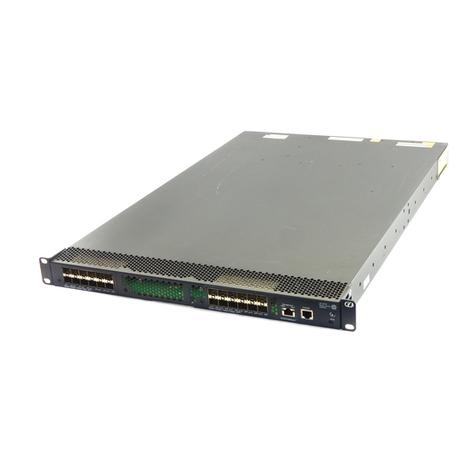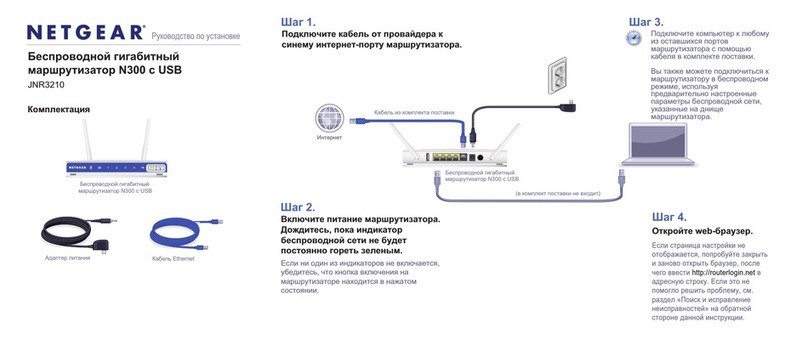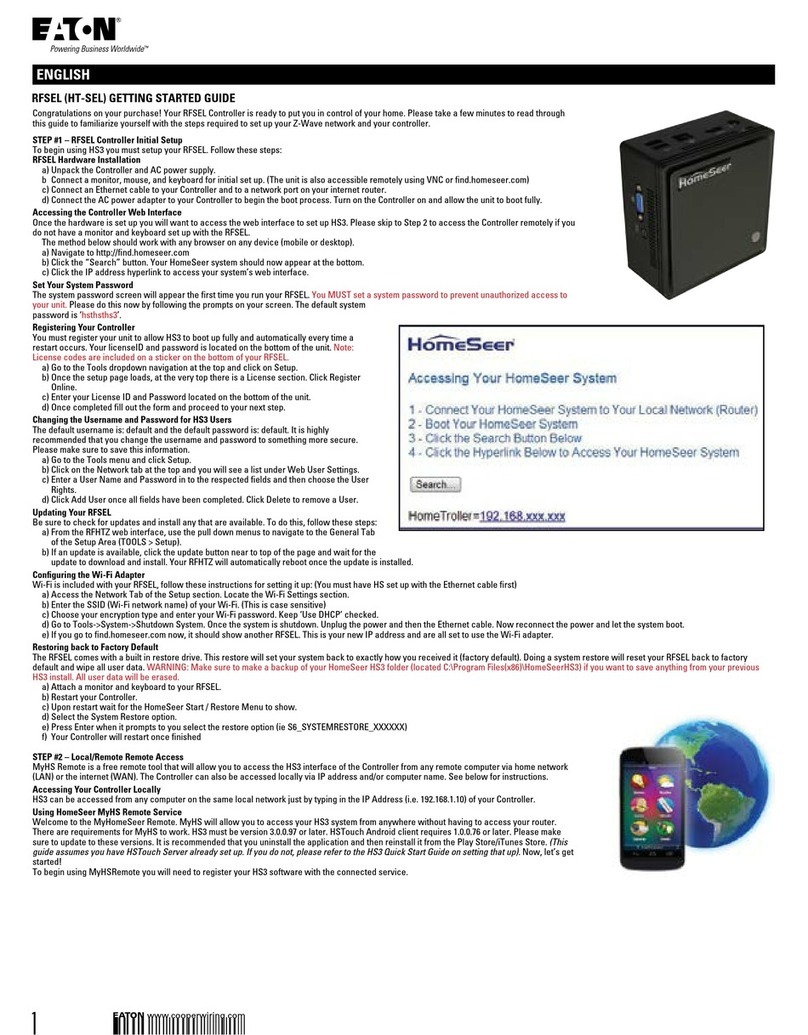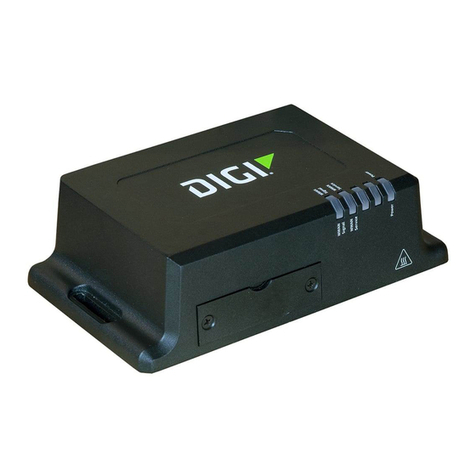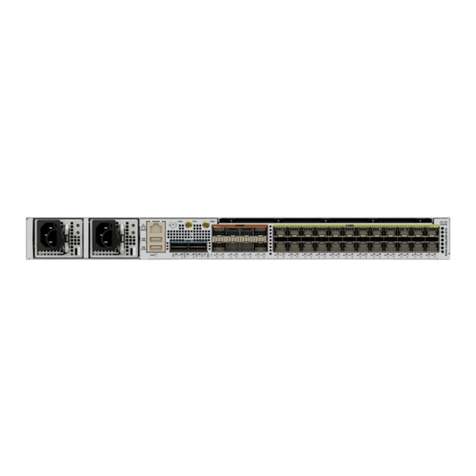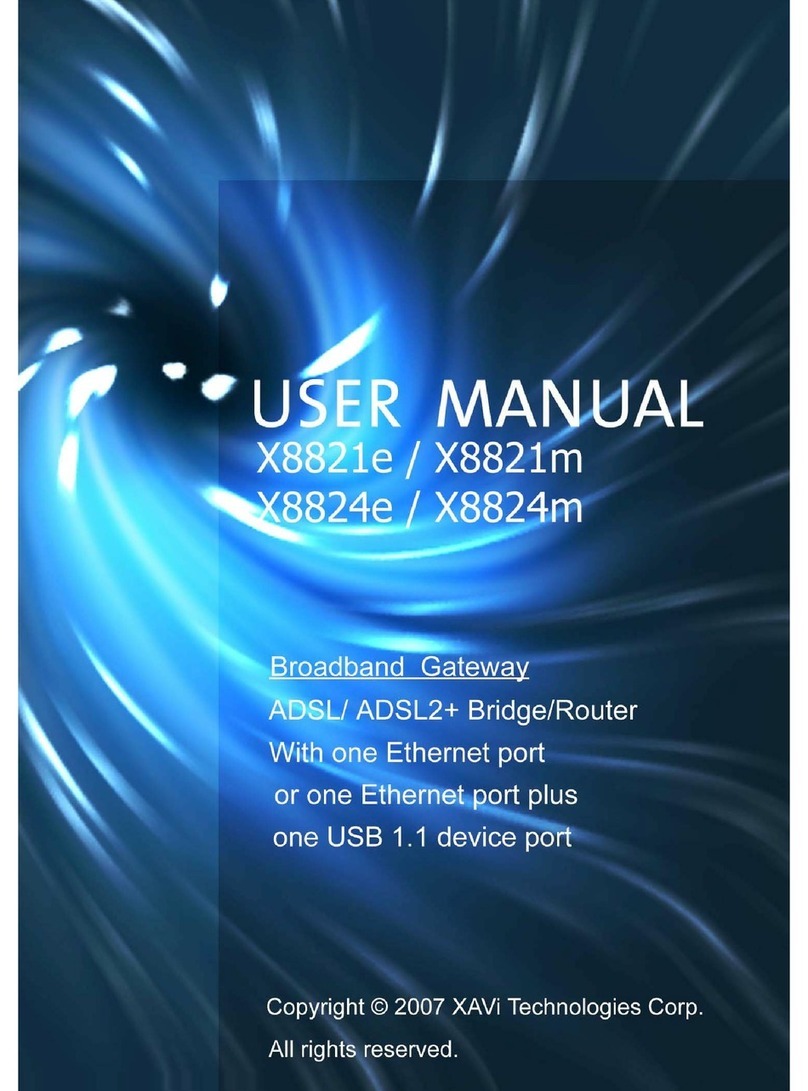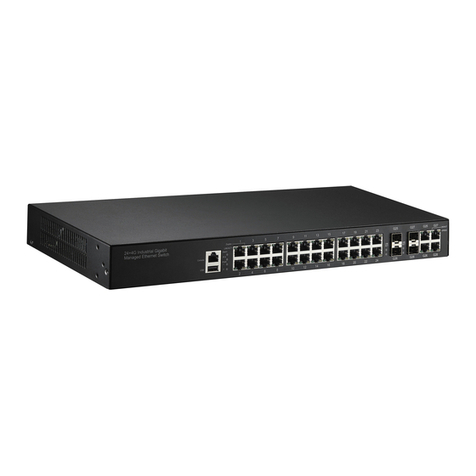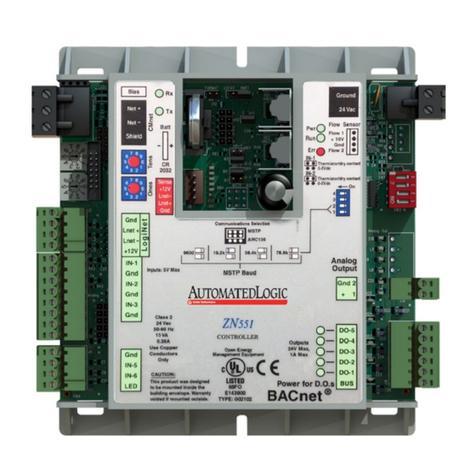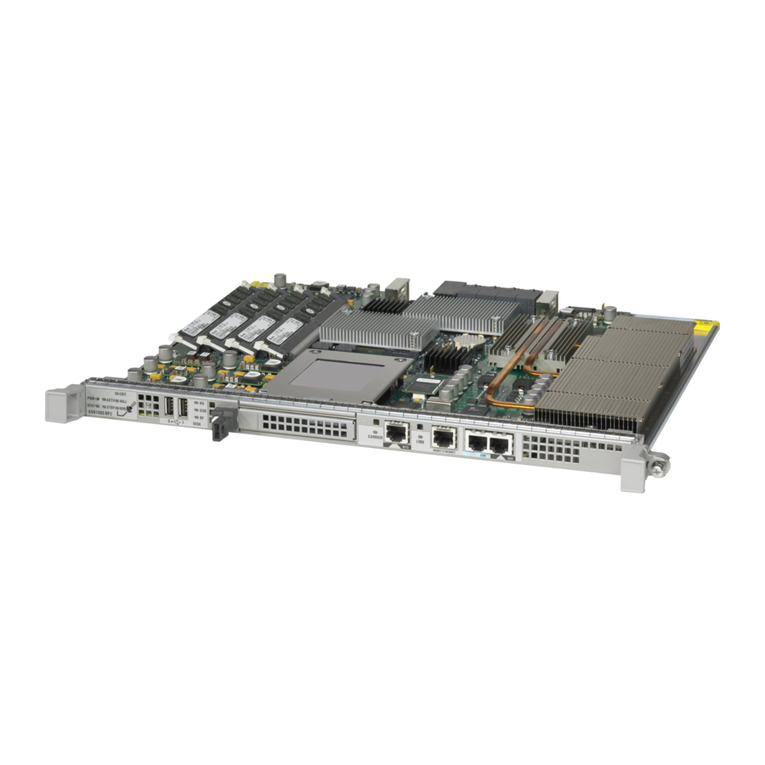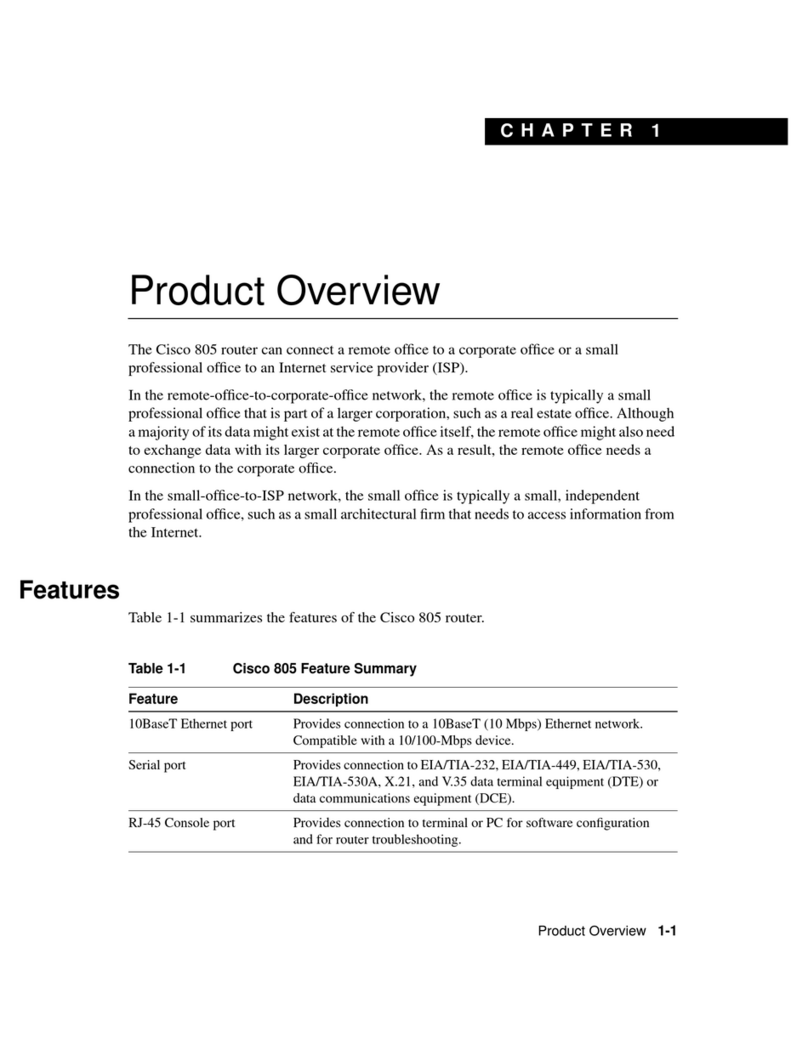
v
Configuring PoE ·························································································································································85
Protocol specification ············································································································································ 86
PoE configuration task list ············································································································································· 86
Enabling PoE ·································································································································································· 87
Enabling PoE for a PoE interface························································································································· 87
Detecting PDs·································································································································································· 88
Enabling the PSE to detect nonstandard PDs ····································································································· 88
Configuring a PD disconnection detection mode ······························································································ 88
Configuring the PoE power··········································································································································· 89
Configuring the maximum PoE interface power ································································································ 89
Configuring PoE power management·························································································································· 89
Configuring PoE interface power management ································································································· 89
Configuring the PoE monitoring function····················································································································· 90
Configuring PSE power monitoring····················································································································· 90
Monitoring PD························································································································································ 90
Configuring PoE interface through PoE profile ··········································································································· 91
Configuring PoE profile ········································································································································ 91
Applying PoE profile ············································································································································· 91
Upgrading PSE processing software in service ·········································································································· 92
Displaying and maintaining PoE ·································································································································· 93
Configuring PoE example ············································································································································· 93
Troubleshooting PoE ······················································································································································ 94
Configuring SNMP·····················································································································································96
SNMP mechanism ················································································································································· 96
SNMP protocol version········································································································································· 96
MIB overview························································································································································· 97
Configuring SNMP ························································································································································ 97
Configuring network management-specific interface index ····················································································100
Switching the format of an NM-specific ifindex·······························································································100
Configuring SNMP logging ········································································································································101
Enabling SNMP logging·····································································································································101
Configuring SNMP trap ··············································································································································102
Enabling the trap function ··································································································································102
Configuring trap parameters······························································································································103
Displaying and maintaining SNMP ···························································································································104
Configuring SNMPv1/SNMPv2c example···············································································································105
Configuring SNMPv3 example ··································································································································106
Configuring SNMP logging example ························································································································107
Configuring RMON ················································································································································ 109
Working mechanism···········································································································································109
RMON groups·····················································································································································110
Configuring the RMON statistics function ·················································································································111
Configuring the RMON Ethernet statistics function··························································································113
Configuring the RMON history statistics function····························································································113
